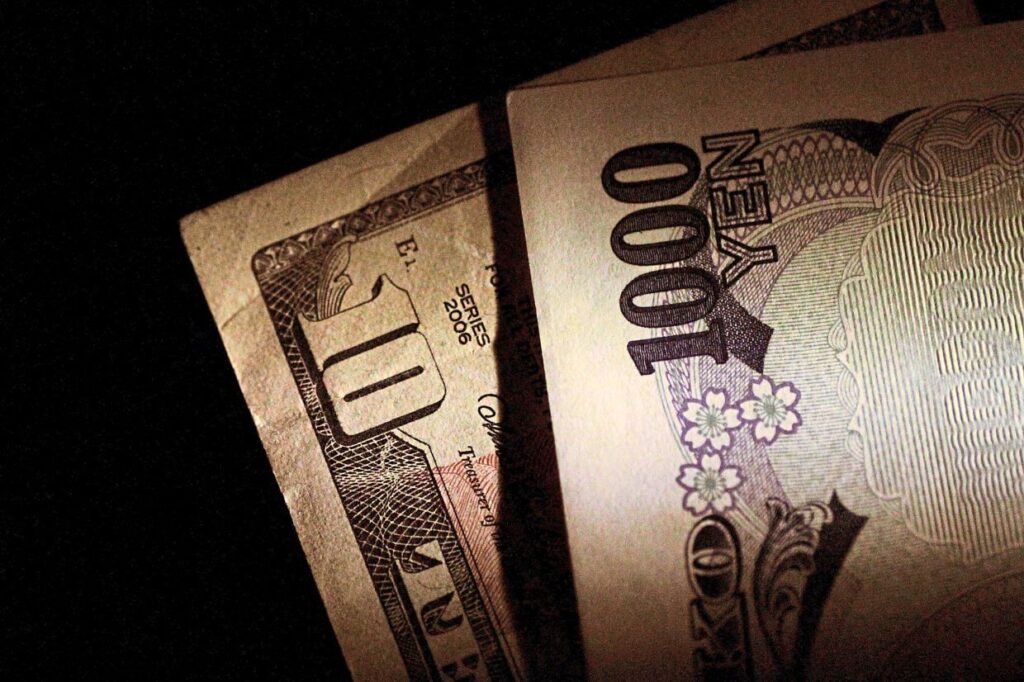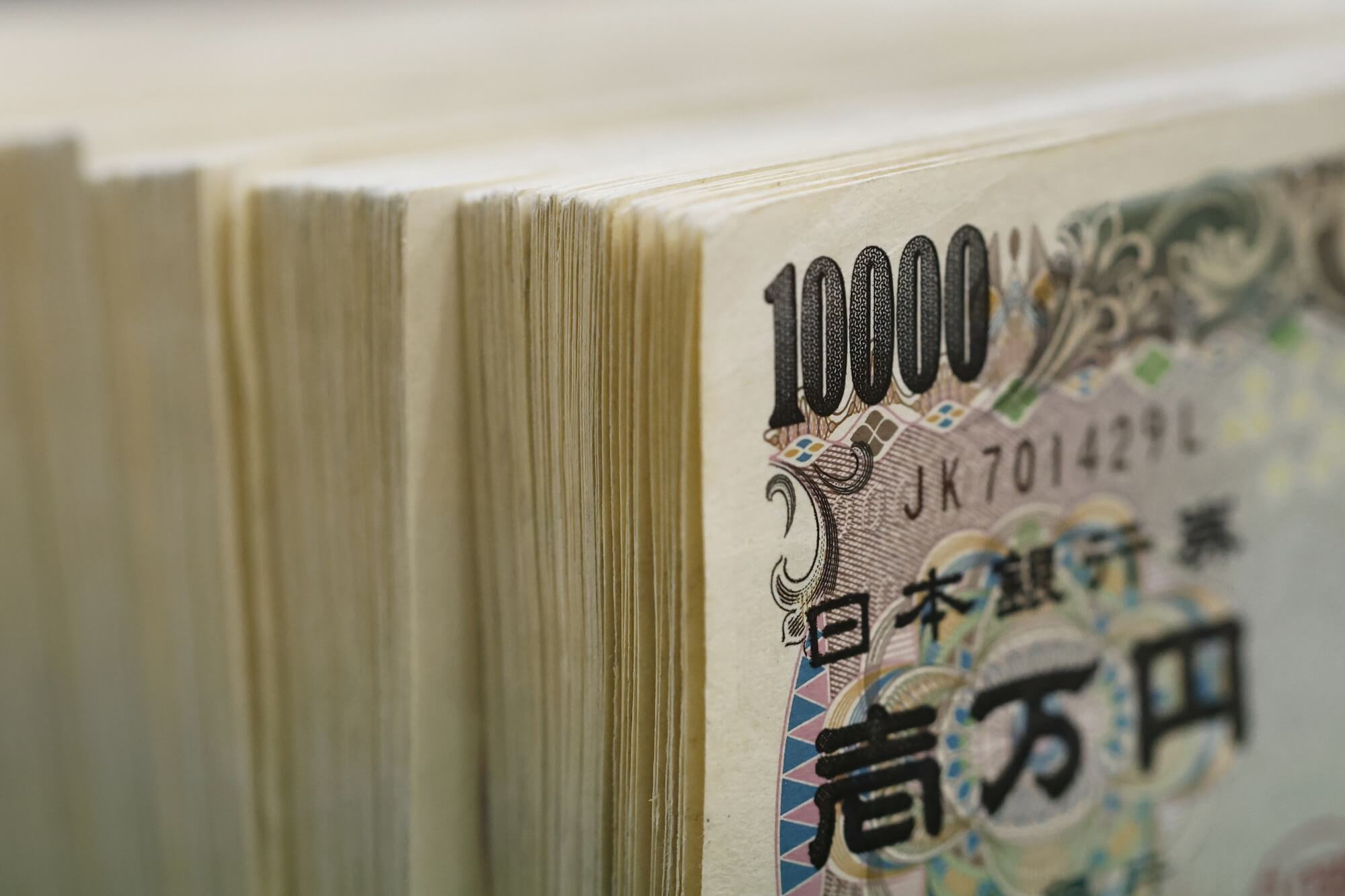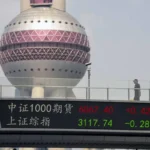The Japanese yen saw a 0.4% decline, reaching its lowest level in almost a week, while the Nikkei 225 Index experienced a 1.3% rally to its highest point in two weeks. Conversely, shares in Hong Kong and mainland China faced a downturn, with ongoing concerns about the weakness among developers weighing on investor sentiment.
Despite maintaining the policy rate at -0.1%, Bank of Japan (BOJ) officials provided no clear guidance on whether they plan to scrap the policy in the upcoming week. Speculation has been growing regarding a potential rate hike, with April identified as a likely option, as per a Bloomberg survey. Traders are eager to analyze Governor Kazuo Ueda’s statements during the press address for insights into the future policy direction.

However, Naka Matsuzawa, chief strategist at Nomura Securities Co., suggests that the recent rally in dollar-yen and Japanese stocks may be short-lived, as speculation over a policy change is expected to resurface approaching the BOJ’s January meeting.
In China, the economic recovery remains challenged, with weakness among developers continuing to have a negative impact. Notably, Country Garden Services Holdings Co. hit a record low after setting aside funds for impairment, while China South City Holdings Ltd. faces default risks as it struggles to meet interest payments due Wednesday.
In the US, contracts showed little change after Wall Street extended its rally, driven by a surge in deals despite tempered messaging from Federal Reserve officials. The Nasdaq 100 closed at a record high for the second consecutive session.
Treasuries experienced marginal falls in Asian trading, while the dollar stabilized. This breather in the Treasuries rally followed efforts by Fed officials to manage expectations for earlier and deeper-than-expected rate cuts.
The S&P 500 continued its seven-week bull run, and whether this trend extends into the eighth week may hinge on near-term data readouts, including durable goods orders, personal consumption expenditures (the Fed’s preferred inflation measure), and the final third-quarter gross domestic product estimate.
JPMorgan Chase & Co. strategists, including Marko Kolanovic, anticipate a softening of both inflation data and economic demand in 2024, potentially allowing the Fed to begin easing rates around mid-year.
Despite this outlook, Chicago Fed President Austan Goolsbee and Cleveland Fed President Loretta Mester join others in the central bank expressing caution and seeking to moderate market optimism on rate cuts. Last week, New York Fed President John Williams stated that bets on a March reduction were premature.
In other markets, oil traded near its highest close in two weeks as companies avoid the Red Sea due to increased vessel attacks along the key shipping conduit. Gold saw a slight decline.
Key events for the week include Eurozone and Canada inflation data, speeches by central bank officials, and economic updates from various countries. Global markets are closely watching the BOJ’s policy decision and anticipating future developments in currency markets, inflation, and economic data.
Market Moves:
Stocks:
- S&P 500 futures were little changed.
- Nasdaq 100 futures showed minimal movement.
- Japan’s Topix index rose 0.2%.
- Hong Kong’s Hang Seng Index fell 0.6%.
- China’s Shanghai Composite Index remained relatively stable.
- Australia’s S&P/ASX 200 Index rose 0.8%.
Currencies:
- The Bloomberg Dollar Spot Index showed minimal change.
- The euro was unchanged at $1.0924.
- The Japanese yen fell 0.4% to 143.42 per dollar.
- The offshore yuan remained relatively stable at 7.1449 per dollar.
- The Australian dollar rose 0.2% to $0.6723.
Cryptocurrencies:
- Bitcoin rose 0.8% to $42,961.88.
- Ether rose 0.9% to $2,234.84.
Bonds:
- The yield on 10-year Treasuries advanced one basis point to 3.94%.
- Japan’s 10-year yield declined 1.5 basis points to 0.650%.
- Australia’s 10-year yield advanced six basis points to 4.12%.
Commodities:
- West Texas Intermediate crude fell 0.2% to $72.35 a barrel.
- Spot gold fell 0.2% to $2,022.85 an ounce.









